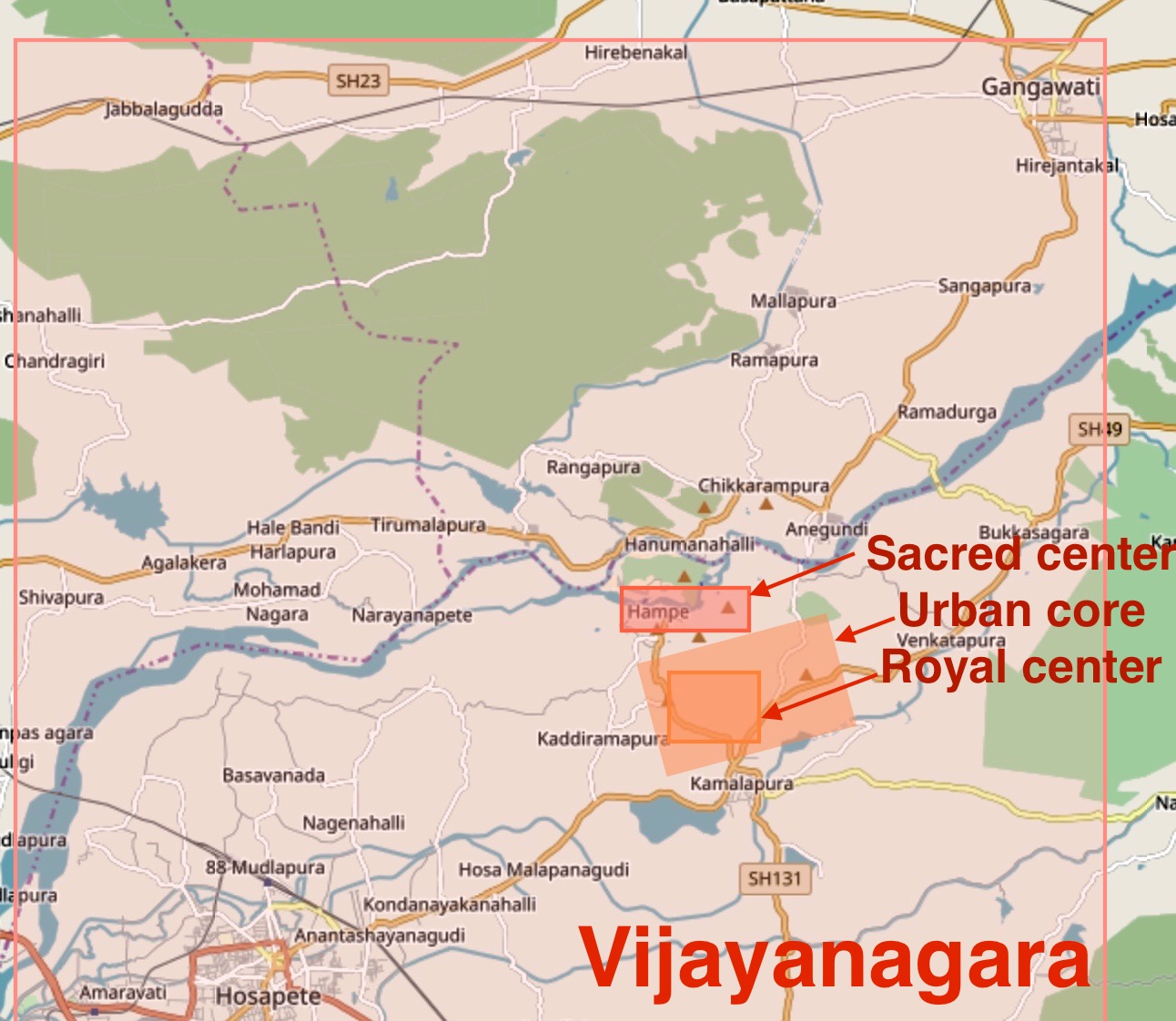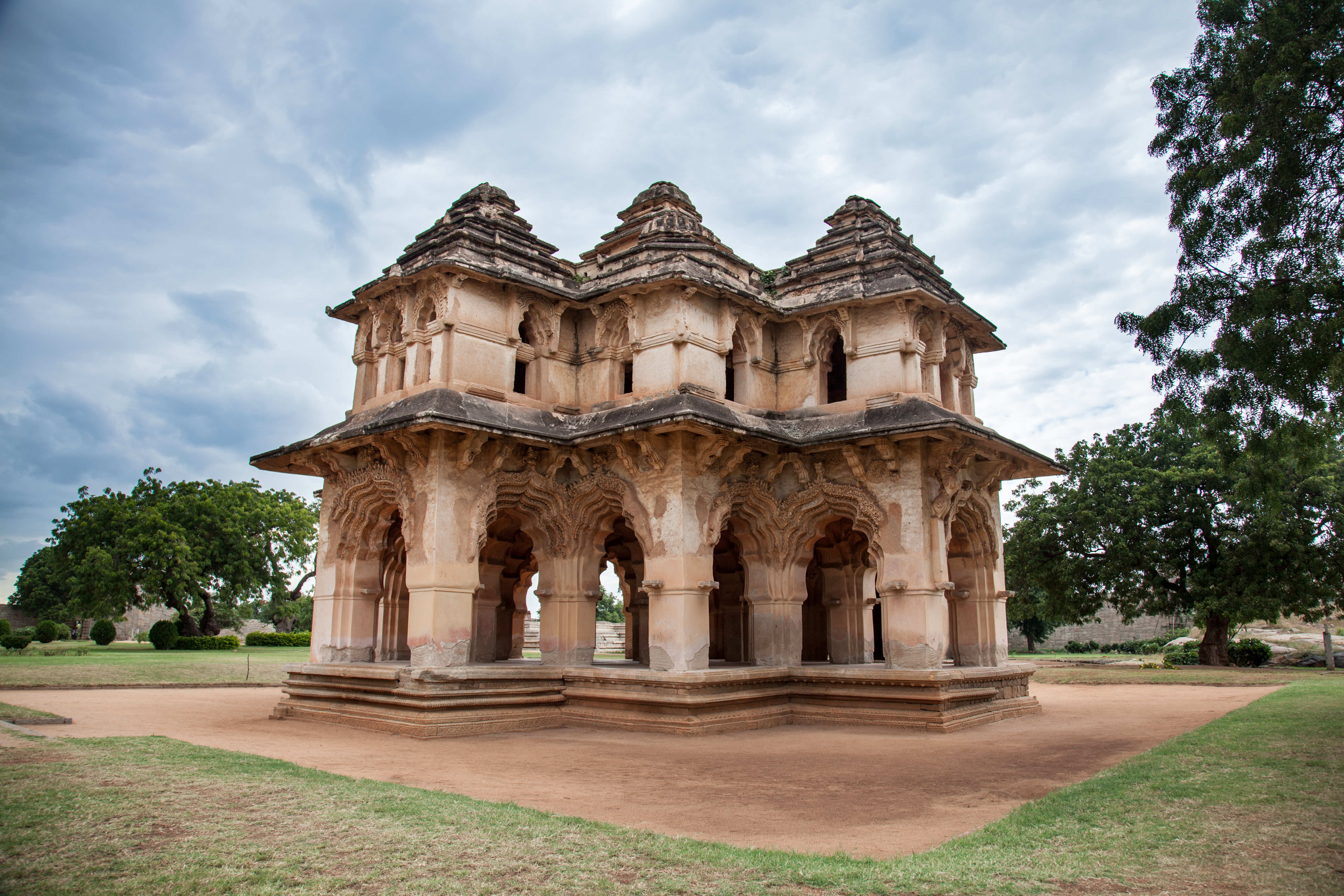The Underground Shiva Temple represents a profound architectural and spiritual mystery nestled within the historic landscape of Hampi. Constructed during the illustrious Vijayanagara Empire in the 14th century, this subterranean sanctuary dedicated to Lord Shiva offers a remarkable glimpse into the complex religious and architectural traditions of medieval South India.
Architectural innovation defines the temple's most striking feature—its unique underground construction, which remained hidden from historical records for over four centuries. The temple's design challenges conventional architectural norms, with its main hall, courtyard, and inner sanctum situated several meters below ground level, creating an atmosphere of profound introspection and spiritual isolation.
The temple's historical significance extends beyond its physical structure, representing a private shrine potentially reserved for the Vijayanagara Royal family. Its proximity to the Tungabhadra River and the intricate water canal system suggests a deliberate architectural strategy that integrated natural landscape elements into its sacred design, reflecting the sophisticated urban planning of the era.
Mythology and spiritual symbolism permeate every aspect of the Underground Shiva Temple. The inner sanctum, often submerged in water, was traditionally believed to house a sacred linga—a symbolic representation of Lord Shiva's cosmic energy. This underwater setting adds layers of mystical interpretation to the temple's already enigmatic nature.
Archaeological investigations have revealed that the temple's construction reflects the architectural brilliance of the Vijayanagara period. Unlike other elaborate temples in Hampi, this underground sanctuary features clean, functional lines that speak to a more introspective approach to spiritual architecture. The absence of elaborate external decorations suggests an emphasis on inner devotion and contemplative experience.
The temple's rediscovery in the late 1980s marked a significant moment in understanding Hampi's rich cultural heritage. Its existence challenges previous historical narratives and provides researchers with invaluable insights into the religious practices and architectural innovations of the Vijayanagara Empire, particularly during the reign of notable rulers like Krishnadevaraya.
Modern visitors to the Underground Shiva Temple encounter a serene, somewhat mysterious environment that contrasts sharply with Hampi's more grandiose monuments. Maintained by the Archaeological Survey of India, the site offers an intimate, almost meditative experience of historical spirituality. The temple's underground setting, with its unique atmospheric conditions, transports visitors to a different temporal and spiritual dimension.
The cultural significance of this temple extends far beyond its physical boundaries. It represents a nuanced narrative of religious devotion, architectural ingenuity, and the complex spiritual landscape of medieval South India. As a testament to the Vijayanagara Empire's cultural sophistication, the Underground Shiva Temple continues to inspire wonder and scholarly exploration, inviting contemporary observers to contemplate the profound connections between architectural space, spiritual practice, and historical memory.








